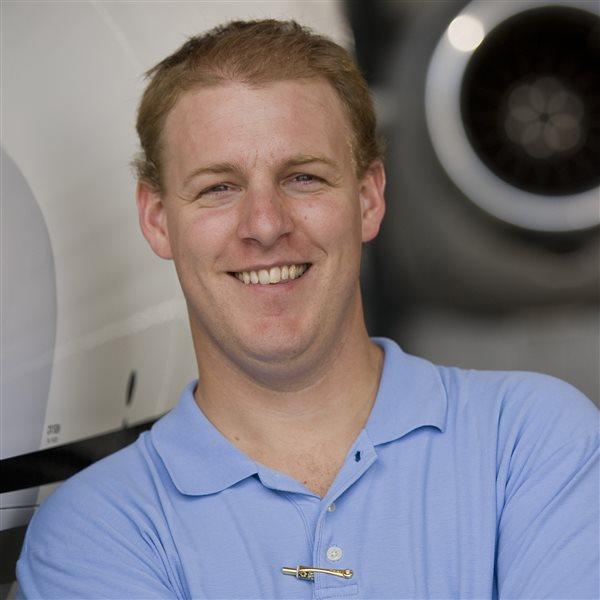Flying friends

Humans are social creatures. One could even say we’re herd or pack animals. When we live without regular, meaningful social interactions, our health and happiness suffer. In 2023, the U.S. Surgeon General issued an advisory paper saying that loneliness increases the risk of premature death by 26 percent, about the same as smoking 15 cigarettes a day. Rather than helping to make us feel more connected, technology focused on increasing social connections tends to do the opposite.
Most of us experienced first-hand some form of loneliness during the pandemic lockdowns. Even those who lived with a family weren’t immune. Loneliness isn’t the same thing as being alone. People who are surrounded by others can experience it, and some people who don’t spend a lot of time interacting with others find they are content.
Aviation can help. As a form of transportation, it literally brings us together, but more important, people involved in activities with similar interests tend to make closer friends and live longer. The famous Harvard happiness study of more than 700 people over 85 years found that the biggest contributor to happiness isn’t money, success, or health, it’s positive relationships with others. Robert Waldinger, the current director of the study, and Marc Shulz, the associate director, describe seven attributes that make for positive relationships, and flying friends tick four of them. Things such as learning and growth, identity affirmation and shared experience, help, and fun and relaxation are naturally built into our flying connections.
There’s just one problem: Once you earn a certificate, flying can become a solitary activity. Your friends and family may initially go for rides, but especially if you rent, close connections around the airport can be incredibly difficult to make. Despite our shared love of flying, it makes sense. Airplanes are usually stored in closed hangars; the airport may not have an active FBO to pop in to; and the various businesses on the airport aren’t a great option for socializing anyway.
Flight schools are an obvious exception, except that it’s sort of like high school: Once you graduate, you tend not to go back. And instructors and staff are so busy, even if you do come in to rent or visit, it feels rude to stop them for a chat.
As a somewhat recent transplant, I’ve become acutely aware of all this recently. My break into the local airport came out of a chance meeting at the grocery store, where I did something I never do, and talked to a stranger (danger!). Andrew was wearing a Super Cub shirt, and I had just begun Cub shopping. I complimented him on his great taste in shirts, and we started chatting. He introduced me to the owner of a local flight school, where I met other, welcoming pilots. And while I value each of these connections, it still feels odd as an adult to basically ask someone out on a date and say, “Let’s hang out.” Thankfully, that’s been made easier by buying an airplane. Now I can say, “Let’s go flying.”
But we’re still missing something crucial at airports: a dedicated and formal social scene. My new community is near the water, and there is a yacht club that appears to be a sort of country club scene, and a sailing association, which has a clubhouse and offers free lessons and happy hours at the club bar.
This is a great model for airports. Take a dedicated space, maybe an unused meeting room at the FBO, or a hangar, and turn it into the clubhouse a few times a month. Post some flyers, bring your family, grab some beers and a grill, plan some fly-outs, schedule watch parties, and generally just spend time with other people who love airplanes.
Yes, I know there are ways to get involved at the airport, such as EAA chapters or Civil Air Patrol, but these tend to be hyper-focused groups that exist for a mission first and camaraderie second. I’m suggesting we flip that model and create social clubs that exist for the purpose of bringing pilots together.
I’m surprised this hasn’t already happened at every small airport in the country, as it has at many of Europe’s small GA airports. But the idea is starting to take a foothold among flying clubs, some of which are offering social-only memberships as a way to build community without the additional cost of flying.
Being part of aviation, you’re already part of a community in the macro sense. Now let’s make it real.



